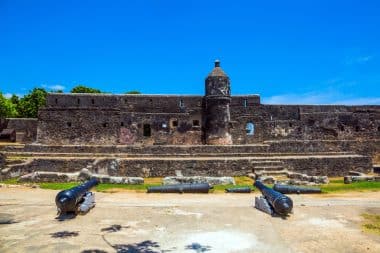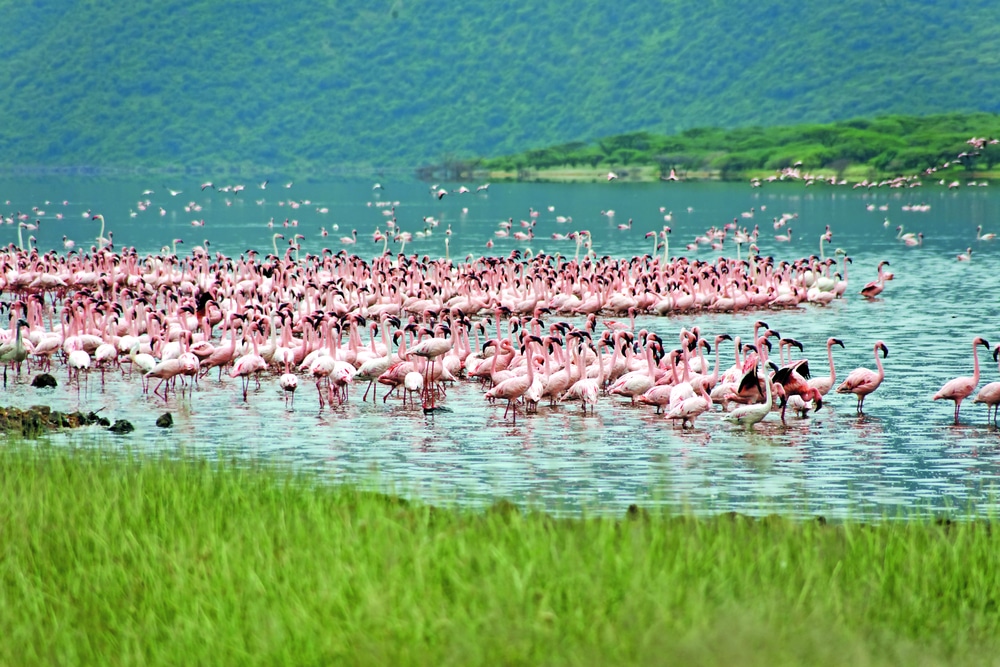Kenya is an African country of remarkable diversity. Covering an area about 1.5 times that of Germany, it is home to 48 million people belonging to 40 ethnic groups with 50 different languages. A landscape with table and hill countries, steppes, mountains, a geological trench and a total of 1420 km of coastline, mostly consisting of sandy beaches. In addition, there are rivers, freshwater and saltwater lakes, the immensely species-rich flora and fauna of Africa, coral reefs, interesting cities, islands and mountain forests. Diversity is the defining motif of this country in the east of the huge African continent and this diversity will fascinate you again and again on your trip to Kenya. This makes it all the more important that you prepare well for it.
1. What to prepare for a holiday trip to Kenya
Good preparation includes things that you can do in advance so that you can enjoy your holiday in a relaxed way.
- The best way to apply for a visa for Germans to Kenya is online.
- Covid regulations: You must prove vaccination protection or need a negative PCR test. Current details can be found at the Federal Foreign Office.
- Safaris can also be booked in advance from home.
- Pack suitcases and hand luggage without plastic bags. These have been banned in Kenya since 2017.
- Medical care is not at the highest level. To be on the safe side, you could take out travel health insurance with repatriation.
- The official languages in Kenya are English and Kiswahili. Experience has shown that English will help you everywhere.
The most important part of the preparation is to be well informed before the trip and the following facts about Kenya should contribute to this. This way you prepare yourself mentally for the trip and by the way the welcome anticipation comes up.
2. 10 interesting facts about Kenya
- The great animal migration takes place every year between July and October, when food becomes scarce in the Tanzanian Serengeti. Millions of animals then set off on a 3000km journey to the Masai Mara, the home of the Masai. 1.5 million wildebeest are accompanied by zebras, giraffes, lions, cheetahs, elephants and all the animals we know from Africa.
- The capital Nairobi, a city of 4.5 million people just south of the equator, takes its name from the river that flows through it. The Nairobi comes from a headwaters at an altitude of over 2000m. The name means “cool river”. Nairobi itself is not extremely hot either, despite its southern location, because it is located at an altitude of 1660m.
- Almost half of all cut flowers sold in Europe come from Kenya. Here there are ideal conditions for year-round production.
- Religions: Despite the huge diversity of tribes and cultures, almost 80% of Kenyans are Protestant or Catholic.
- The 5199m high Mount Kenya, the namesake of the country, is a UNESCO Biosphere Reserve. You can find porcupines, monkeys, antelopes, dormouse, and elephants there. The summit is not so easy to climb. The first ascent was not until 1929.
-

Fort Jesus – medieval fortress in Mombasa, Kenya, Image: kavram / shutterstock Kenya has become an outstanding provider of art and is known for its wood carvings, which are often carved from black ebony. Wooden masks, cloths, (the “kangas”), and jewelry are other products of the handicrafts that are booming, especially in the capital.
- The country’s best-known ethnic group is undoubtedly the Masai, a semi-nomadic tribe of cattle herders in southern Kenya. They have a tall stature, dilated ear piercings, dress in traditional robes and live in houses that they build from dried cow dung.
- The largest lake in Africa, Lake Victoria is only a small part of Kenya. Kenya’s largest lake, Lake Turkana in the northwest of the country, is ten times larger than Lake Constance. It is named after the Turkana ethnic group living there. Before Kenya’s independence in 1975, it was still called “Rudolphsee”. Its water is salty and many species of fish and Nile crocodiles live there.
- “Hakuna Matata” is Kiswahili and means: “Don’t worry”: These words have become famous through the film “The Lion King“. They are everyday language in Kenya and you can actually use this vocabulary when you are traveling in Kenya.
- Tsavo East National Park is the largest national park in Kenya. It has an area of 11,747 square kilometers. Together with the neighboring Tsavo West National Park, this original natural area comes to 812 km².
3. Top 7 World Heritage Sites in Kenya
If you thought Kenya was mostly African savannah and nature, then you might be amazed to learn that of the 7 most important UNESCO World Heritage Sites, four are cultural in Kenya.
The natural World Heritage Sites:
- The National Parks at Lake Turkana
- The Lakes System in the Great Rift Valley
- The natural forest in Mount Kenya National Park
The World Heritage Sites:
- Thimlich Ohinga: a large archaeological complex of stone ruins in Migori County, Nyanza.
- Fort Jesus Fortress in Mombasa
- The Sacred Kaya Forests of the Mijikenda: Abandoned settlements and forests of the Mijikenda people on the coast near Mombasa. Today there are sacred places of ancestor worship
- The old town of Lamu, the capital of an island of the Lamu archipelago
Whether beach holiday, nature, culture, art: Whatever you are looking for – Kenya has it in an abundance that is enough for several holidays.


